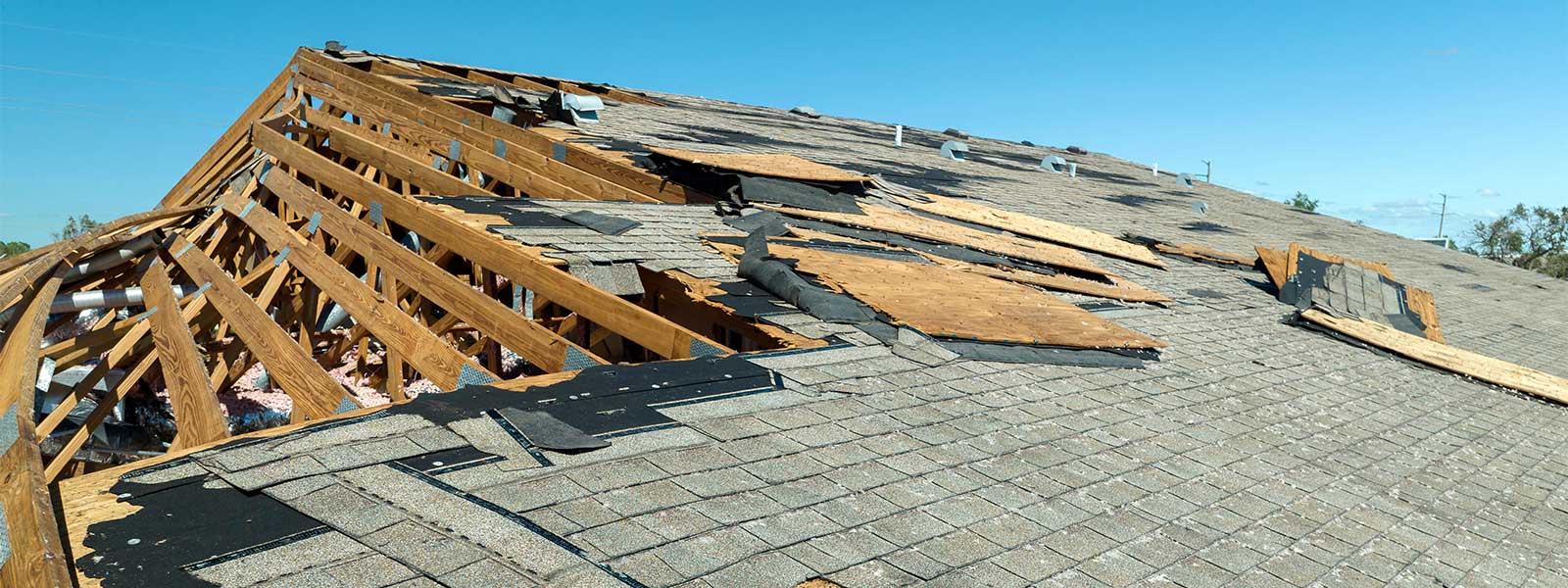Navigating Florida’s New Roofing Insurance Regulations: What Sarasota-Bradenton Homeowners Need to Know
For homeowners in Sarasota and Bradenton, Florida, understanding the recent changes in roofing insurance regulations is crucial. Florida’s new laws, designed to curb rising insurance costs and prevent fraudulent claims, have significantly impacted how insurance companies assess and cover roof replacements. In this post, we’ll explore what these changes mean for you. In addition, we will address common misconceptions about roof lifespans, and provide actionable tips to ensure your roof remains insurable.
Florida’s New Roofing Insurance Regulations
In response to escalating insurance premiums and a surge in claims, Florida introduced several legislative measures in 2021 and 2022 to tighten regulations on roofing insurance. The most notable of these is Senate Bill 76, passed in 2021, which introduced stricter criteria for filing roofing claims. This bill aimed to reduce the number of frivolous claims and limit the period during which claims can be made.
Additionally, Senate Bill 2D, passed in 2022, further addressed issues like assignment of benefits (AOB) abuse, which had been driving up costs for insurers and, in turn, for homeowners. These laws collectively mean that your ability to claim roof replacement under insurance has become more limited, particularly if your roof is older or shows signs of wear and tear.
The Impact on Roof Lifespan and Insurance Coverage
A common misconception is that tile roofs should be covered by insurance for up to 50 years. However, this isn’t always the case.
While tile roofs can indeed last up to 50 years or more, insurance companies often take a more conservative approach when assessing coverage. In many cases, insurers may not cover roofs that are more than 15-20 years old, regardless of their material. This is particularly true if the roof shows any signs of damage or deterioration that could make it vulnerable to hurricanes or other severe weather events.
The reality is that an older roof, even one made of durable materials like tile or metal, might be seen as a liability by insurers. They may argue that the roof is nearing the end of its functional life and therefore deny coverage or offer a reduced payout.
To learn more about how roof age and condition affect insurance coverage, you can refer to guidelines provided by the Florida Office of Insurance Regulation: Florida Office of Insurance Regulation Guidelines.
Understanding Roof Lifespan in the Context of Insurance
Roofing materials vary widely in terms of their expected lifespans:
- Asphalt Shingles: Typically last 15-20 years.
- Metal Roofs: Can last 40-70 years.
- Tile Roofs: Often have a lifespan of 50 years or more.
However, these lifespans are estimates under ideal conditions. In practice, factors such as weather exposure, maintenance, and the quality of the original installation can all affect how long your roof actually lasts. Insurance companies often use these factors, along with the age of your roof, to determine whether or not to offer coverage.
For instance, if your tile roof is 25 years old but shows significant signs of wear, an insurance company may decide that it is too risky to cover, despite the roof potentially having many years of life left under ideal circumstances.
How to Ensure Your Roof Remains Insurable?
Maintaining your roof is key to ensuring it remains covered by insurance. Here are a few steps you can take:
- Regular Inspections: Schedule regular roof inspections to identify and address minor issues before they become major problems. Document these inspections, as having a record can be crucial if you need to file a claim.
- Timely Repairs: Don’t delay repairs if issues are found. Quick action can prevent further damage and show your insurance company that you are proactive in maintaining your roof.
- Consider Upgrades: If your roof is older, consider upgrading to more durable materials like metal. These roofs can withstand Florida’s harsh weather conditions better than some other options.
At Richardson-Stinton Roofing, we offer comprehensive roof inspection and repair services to help you keep your roof in top condition and ensure it remains within insurable standards.
Dealing with Higher Insurance Premiums
Given the new regulations, many homeowners are seeing higher insurance premiums. Here are a few strategies to help manage these costs:
- Increase Your Deductible.
Opting for a higher deductible can lower your monthly premiums. However, you need make sure you have enough savings to cover the deductible in case of a claim. - Bundle Policies: Many insurance companies offer discounts if you bundle your home and auto insurance. This can help offset the increased cost of your homeowners’ insurance.
- Explore Different Roofing Materials: Some materials are more resistant to weather damage and may qualify you for lower premiums. For example, metal roofs, while more expensive initially, could save you money in the long run due to their durability and resistance to wind damage.
Navigating Florida’s new roofing insurance regulations can be challenging. Staying informed and proactive is the best way to ensure your roof remains insurable. At Richardson-Stinton Roofing, we’re here to help you maintain your roof’s integrity and navigate these complex insurance requirements. Contact us today for an inspection or consultation, and let’s ensure your home is protected for years to come.





